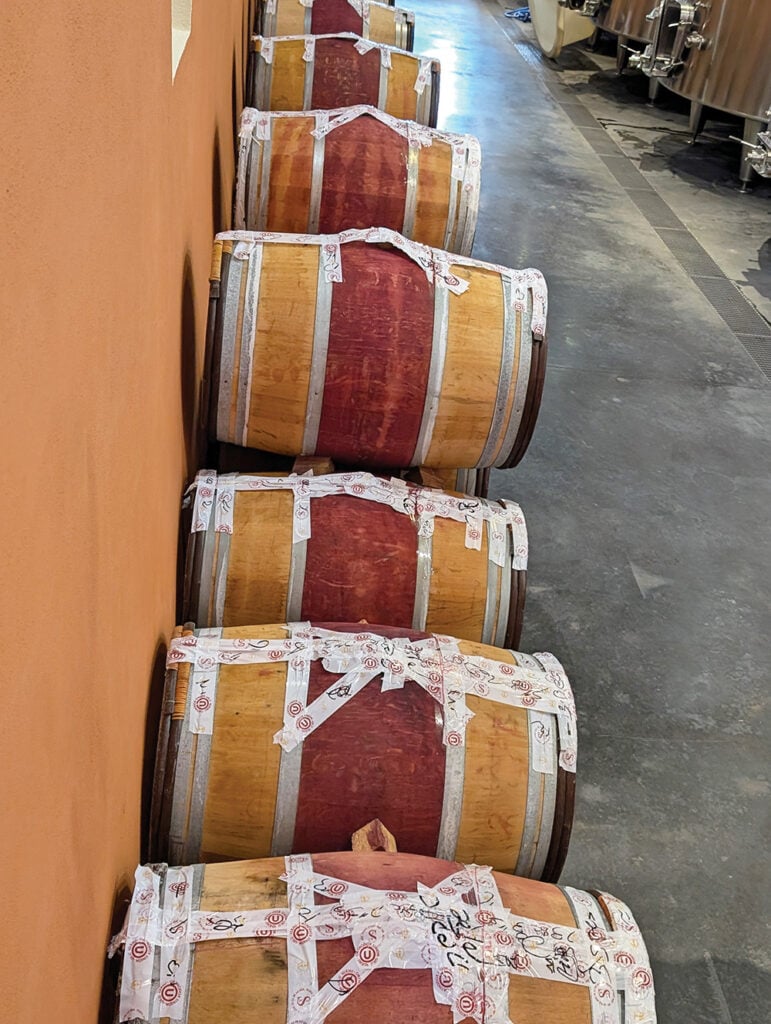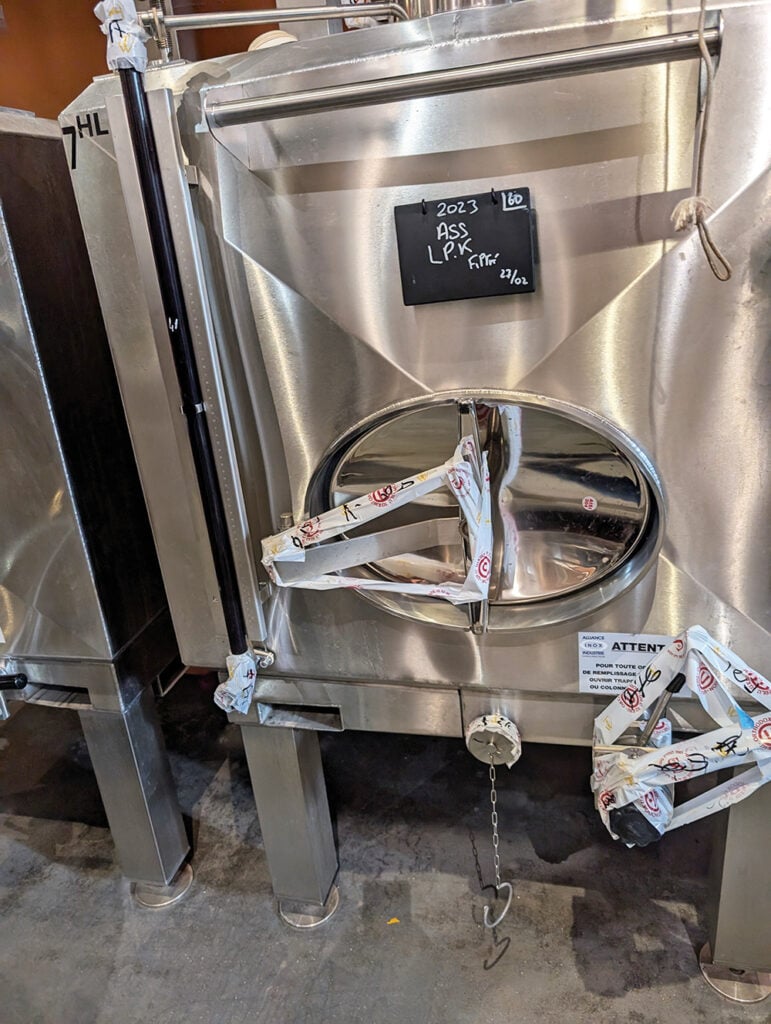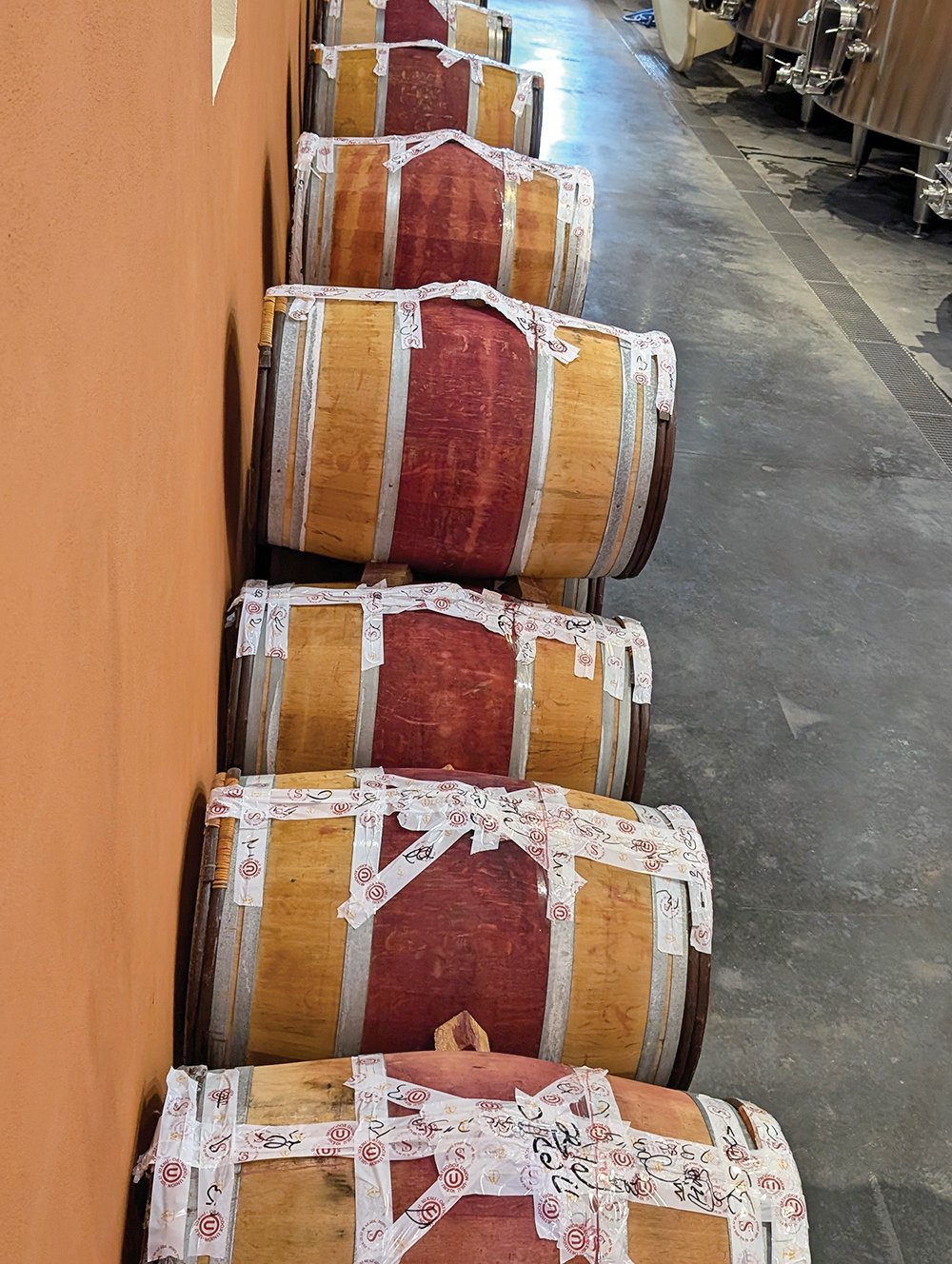
Years ago, drinking only kosher wine meant missing out on renowned wines from prestigious regions like Bordeaux and Tuscany. The first kosher Bordeaux was released by Baron Edmond and Benjamin de Rothschild’s Château Clarke in 1988, and other wineries followed. Today many top wineries worldwide are collaborating with local kosher supervisors to produce wines under esteemed labels desired by wine connoisseurs. The elite Bordeaux First Growths have yet to offer kosher wines, and there are still significant gaps in the market, particularly for options like port, sherry, and many wines from Italy and Australia. However, shelves in major Jewish population centers are well-stocked with selections from notable wineries like Pontet Canet, Le Dome and Domaine Chevalier, and Château Smith Haut Lafitte in Bordeaux and more are available online. Burgundy remains less represented, but Maison Aegerter, a leading producer, has worked with IDS to provide an increasing number of kosher options, and Ralph Madeb has secured wines from Italian wineries producing kosher wines for the first time.
Are the kosher wines produced by these non-kosher wineries as good as their mainstream non-kosher versions? The answer is nuanced, primarily revolving around the production process rather than the ingredients themselves. While some fining agents and specialty yeasts must be certified kosher, these factors are not usually significant to the wine’s final taste. The critical difference in kosher wine production lies in the availability of the kosher supervisor, or mashgiach, who must be present from the very beginning of the winemaking process. Since winemaking begins immediately after grape harvesting, it’s essential for the mashgiach to be on-site immediately when needed.

Top winemakers closely monitor grapes in the vineyard, continually testing sugar and acid levels and assessing ripeness to determine the optimal moment for harvest. Different parts of a vineyard may experience varying sun exposure or soil conditions, leading to different harvest dates. Additionally, different varietals intended for blending might require specific harvest timing. This raises questions about whether a mashgiach, potentially hours away in Paris, can reach Bordeaux in time, or if the team in Florence or Rome can make it to Tuscany during the busy harvest period, which often coincides with Jewish holidays like Rosh Hashanah, Yom Kippur and Sukkot, as well as regular Saturdays when work is prohibited.
During my recent visit to Château Léoville Poyferré in St. Julien, the winemaker explained to me that he bottles grapes from different sections of his vineyards into separate barrels to taste and assess the subtle variations before creating the final blend. To cope with the occasional unavailability of kosher supervisors, he leaves the end of each row in the vineyard unharvested until mashgichim are available permits. The grapes left to ripen longer may experience varying weather conditions, impacting their flavor.
In the winery, winemakers adopt different approaches: Some seek to reflect the local terroir with minimal intervention, while others engage in intricate blending—grapes from different vineyard areas, stainless steel versus wood fermentation, or grapes that have undergone different handling processes. The degree of winemaker intervention can vary significantly, and while efforts are made to have a kosher supervisor present, there are times when these specific steps might be skipped or delayed, creating subtle distinctions in the final wine. At Léoville Poyferré, the varietals in this Bordeaux blend are fermented separately, but the kosher production is co-fermented since it’s a much smaller amount.

So, where does this leave us? During a recent visit to Bordeaux, our group’s first question to each winemaker was: How did kosher production in a given vintage differ from your general production that year? In some cases, the kosher wine was identical to the non-kosher due to minimal intervention or availability of the mashgichim. In other instances, differences were noted, with the question of better or worse left to the consumer.
Rabbi Raphael Wolff, a kosher wine supervisor from the Top K certification, shares an anecdote about the late critic Robert Parker. Parker once blind-tasted both the kosher and non-kosher versions of Château Valandraud of St. Émilion, rating the kosher version one point higher. This surprised many, leading to speculation about why this was the case. Further investigation revealed that the kosher grapes were harvested two days later than the general harvest, which had coincided with the holiday of Shemini Atzeret when mashgichim were unavailable. Somehow, this timing resulted in a wine that, according to Parker, was superior. Divine intervention perhaps in this case, but all winemakers may not be so blessed, leaving us to conclude that the caliber of each kosher vintage at a non-kosher winery is indeed a matter of fate.
Jules Polonetsky is a WSET 3 Certified wine writer and former consumer affairs commissioner of New York City. He is CEO of the Future of Privacy Forum, a D.C.-based global tech policy think tank.










